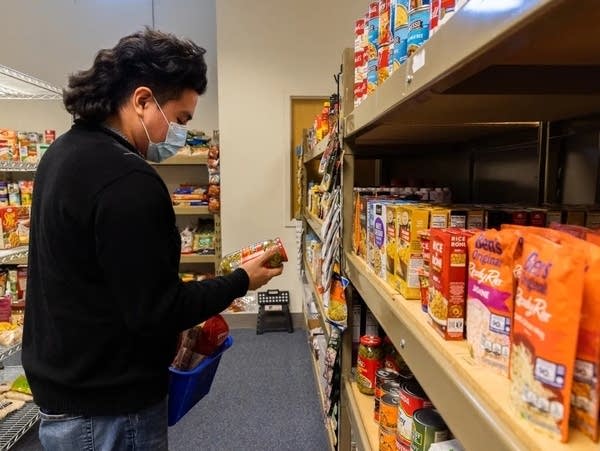More Minnesotans will soon qualify for food assistance program
About 1,400 more households will be eligible for the Supplemental Nutrition Assistance Program (SNAP)

Peter Woitock, a government relations specialist with Hunger Solutions, says food shelf visits have increased 39 percent since the start of this year.
Jaida Grey Eagle | Sahan Journal
Go Deeper.
Create an account or log in to save stories.
Like this?
Thanks for liking this story! We have added it to a list of your favorite stories.


